- HOME
- Behind the scenes of the digital revolution: how the quest for an ultrafine film is building the foundation for the next generation of digital technology
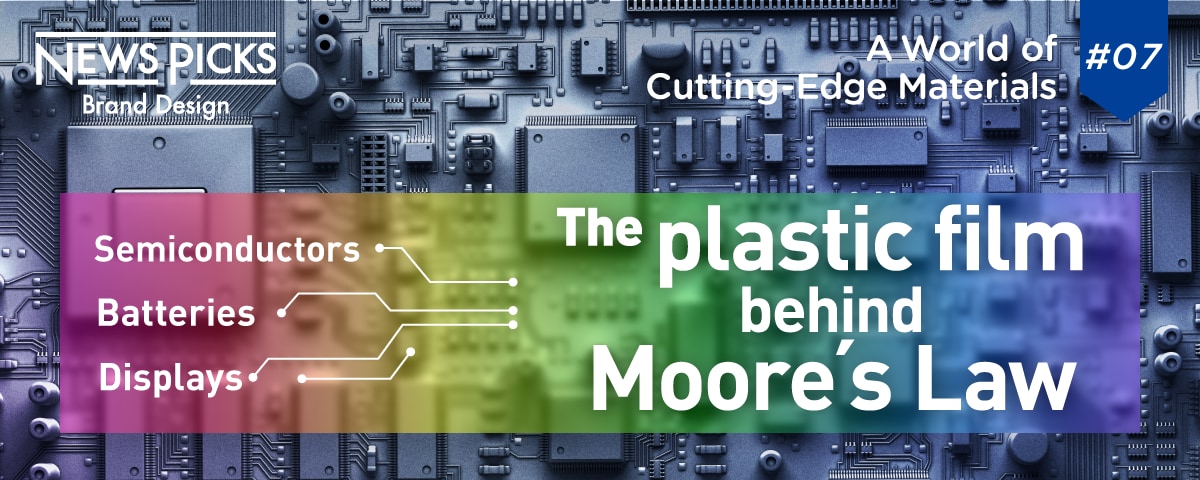
Behind the scenes of the digital revolution: how the quest for an ultrafine film is building the foundation for the next generation of digital technology
Try to imagine a film that’s just one micron thick—less than 1/10 the thickness of the cling wrap you use to keep food. When you hold it in your hand, it reacts strangely to the slightest charge of static electricity. You have difficulty trying to spread it out as it clings to your fingers. You shake it off, but instead of falling to the ground, it floats.
This kind of film is being used in industrial applications right now, although most of us never see it. Experts say it’s a key support for a wide range of cutting edge technologies leading the digital revolution, from lithium-ion batteries to next-generation displays being developed for VR and AR devices.
How does a fantastically thin film support all these advanced technologies? We sat down with Satoru Hagiwara, Senior Vice President of Toray, to get the inside scoop from a man with forty years’ experience in materials.
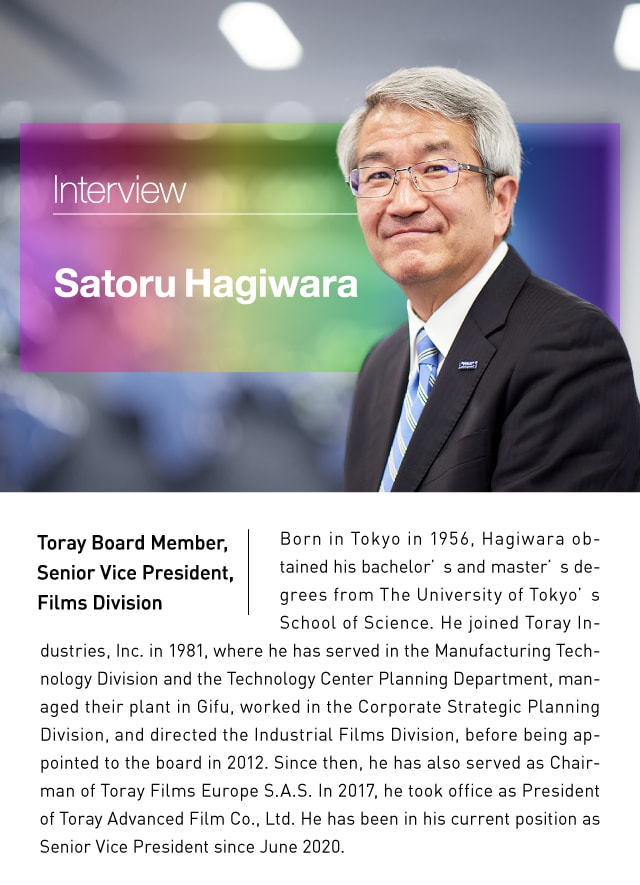
■Film as a three-dimensional solid
── It’s hard to imagine a film that’s just one micron (1/1000 mm) thick. It’s even more surprising that we can touch it. Do we really need a polyester film that’s that thin?
Hagiwara: The first time I saw it, I thought the same thing. We had a machine making it at our Shiga Plant, but they told me not to get close to the machine while it was running. Just the movement of the air from a person approaching the machine could tear the film. For industrial production, we needed to very carefully wind up huge long strips of it, several kilometers long and a meter wide. I thought, how on earth could you keep control over such a delicate thing?
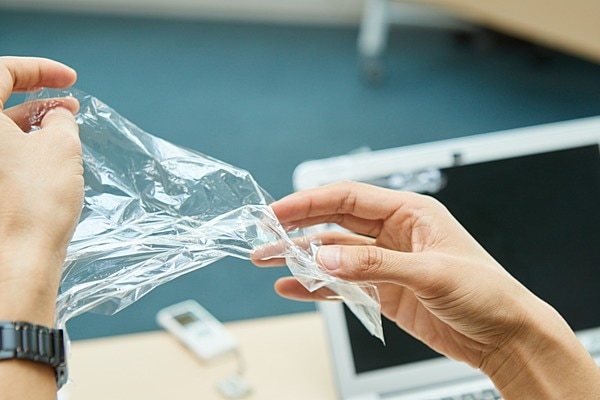
──Still, there was demand for it from industry.
Of course. Toray’s PET film Lumirror™ hit the market in 1959, and industry kept finding more and more applications for it: food packaging, the base film for VHS and cassette tapes, separators for lithium-ion batteries, mold release films for electronic components.
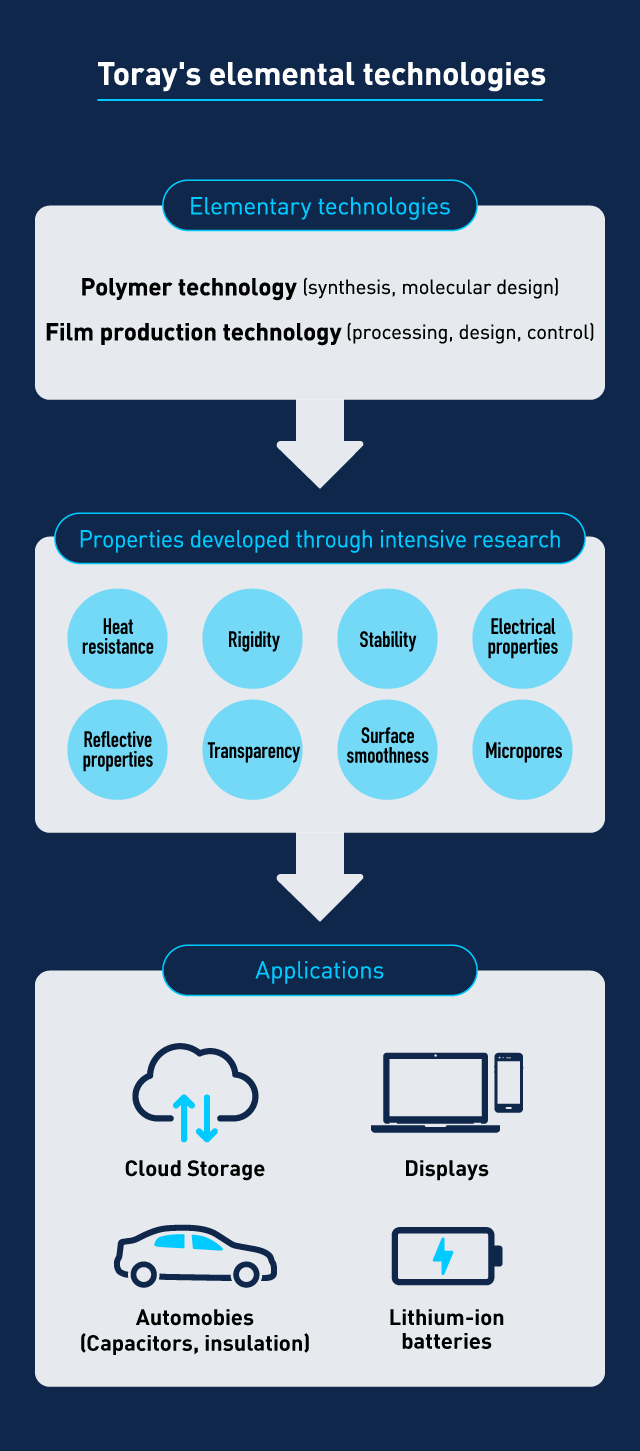
Our customers’ demands have become more sophisticated over the years, we’ve had to develop processing and production techniques that we could control at the micron (1/1000 of a millimeter) and nanometer (1/1000 of a micron) level. We don’t just use a micron-level film straight off the production line. We use a number of proprietary technologies to push specific properties to their limits and add all kinds of functionality to the film.
When you think of the word ‘film’, you’re probably imagining a two-dimensional plane. But at Toray, we’re using nanotechnology to treat our high-performance film as a three-dimensional object, making adjustments at the level of microns and nanometers.
──Piling up thin layers of material creates a three-dimensional object, then, is that the idea?
That’s one technique. Broadly speaking, Toray uses four film technologies: nano-alloy, nano-lamination, nanovoid, and nano-surface control. They all have “nano” in the name, because they’re all producing smaller, finer, denser films.

Let’s take NANOALLOY®, for example. Just mixing materials doesn’t sound too difficult, does it?
──Right. If anything, I would think it would be harder to make the particles in the mixture smaller.
But it’s really not so easy. Most of the time, when you mix two polymers together, they keep their properties. If they have different melting points, then both of those melting points remain in the mixed product. That makes it very difficult to handle the material.
But when you disperse polymers evenly at the nano scale, their properties become one. In other words, you create a new material with new properties, something that couldn’t be made just by mixing two polymers. It can have a heat resistance or heat shrinkage rate that’s different from a conventional film.
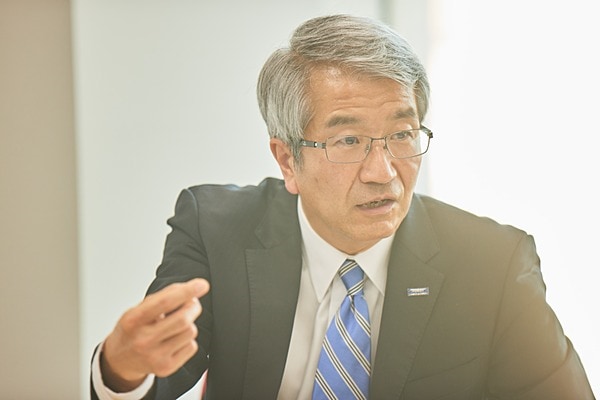
──So the key is uniformity at the nanometer level.
Exactly. The key to all of our techniques is controlling the structure at a microscopic level to produce a uniform film without any irregularities. It’s not just research, but also our manufacturing and processing techniques. That’s Toray’s strength.
Look at ‘nano-lamination.’ The film is made up of extremely thin layers with different properties. We can choose which kinds of light we want to reflect, whether it’s ultraviolet light, visible light, or infrared, letting some light pass through and blocking others.
Our films can block blue light and UV rays, but they can also perform other functions. We can use a polyester film to produce a metallic sheen, or create a display by project images onto a car’s windshield.
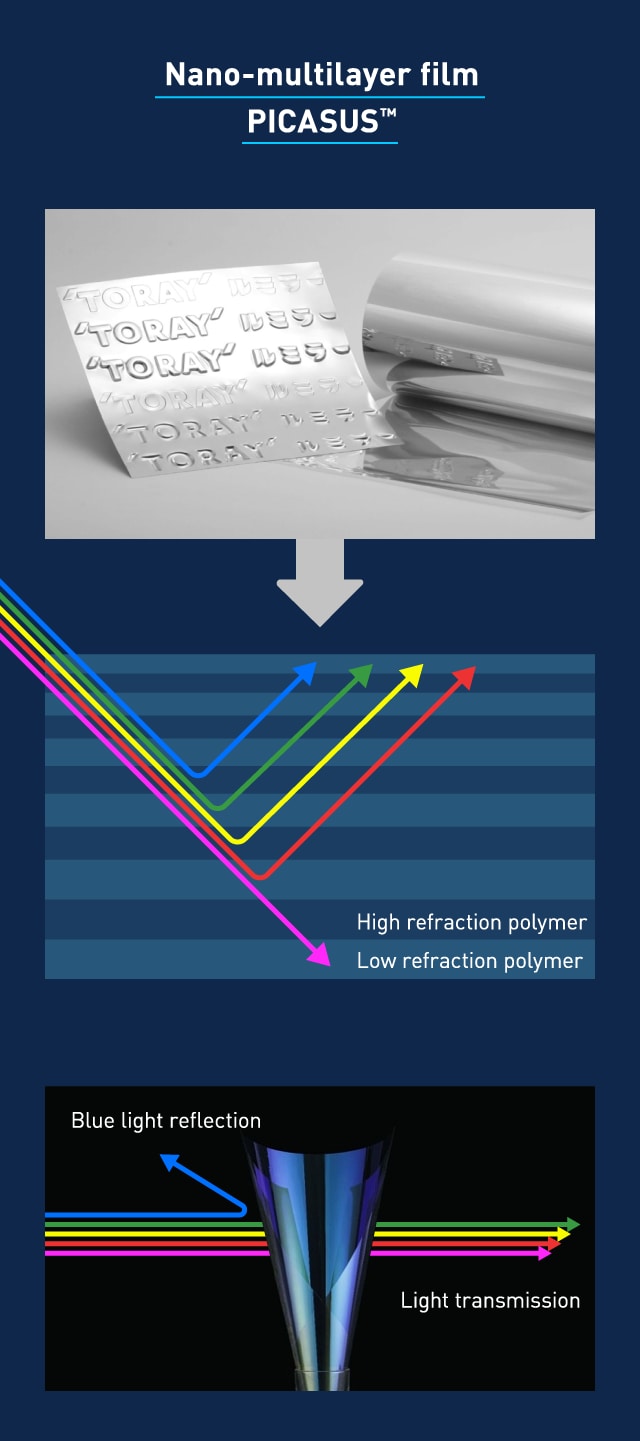
By using several layers of film, Toray can choose which kinds of light to reflect, creating useful functions like blue light and UV reduction, heat reflection, and metallic effects with visible light reflection.
──That makes a lot of sense. We could be using these technologies without knowing it, with things like blue light reduction film on smartphones.
Controlling light really opens up a lot of possible applications. It’s easy to imagine products for consumers with this technology.
But the we aren’t really distributing all that much of it. The amount of material used in each product is quite small.
Actually, Toray films are hidden all over in places consumers might not even notice. Smartphone and PC displays are made up of layers of film. They’re also an essential component for batteries.
‘Nanovoid’ creates designs with microscopic holes. By managing the holes in a three-dimensional mesh structure, we can create films that improve battery life and reliability. It’s used in separators for lithium-ion batteries used in things like smartphones and electric cars, so we’re seeing a huge upswing in demand.
— And ‘nano-surface control,’ where is that being used?
Surface control is a technique that lets us adjust the smoothness and friction of a film’s surface. By pushing this technology to its limits, we’ve been able to develop products like magnetic data storage tape, mold release films for ceramic capacitors, and protective film for resists.
The original technology was invented by Toray’s CTO, Koichi Abe, called ‘New Surface Topography’ (NEST). It became ubiquitous in the early 1990s as a base film for magnetic media, like VHS and cassette tapes.
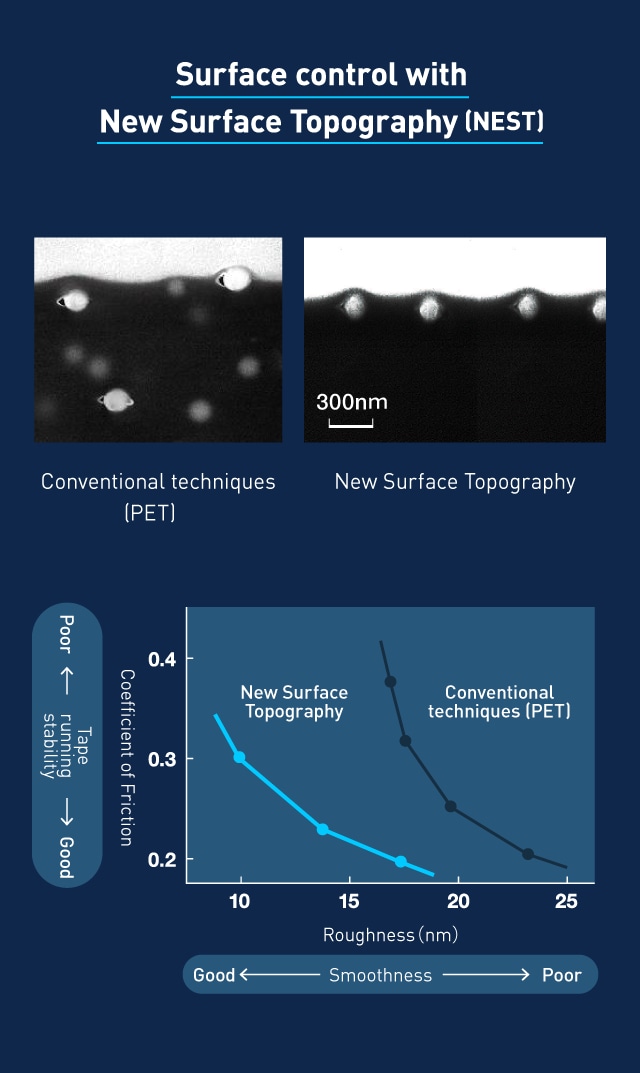
By making the surface uniform, friction can be reduced even at the same roughness. Magnetic tape developed with this technology is more durable and moves more smoothly.
Magnetic tape has an important place in Toray’s corporate history. It expanded Toray’s market share in film, and it created the process of miniaturization and high functionality that has led to the nanotechnology of today.
■Smoother than smooth, slicker than slick
──How exactly did magnetic tape lead to miniaturization and high-function film?
To begin with, Toray’s first sales of polyester film were for food packaging and labels. Food packaging has come a long way, but there’s really no need to work with the surface at a microscopic level.
But with magnetic tape, we’re painting a magnetic substance to the surface of the film to make a recording medium. The smoother the surface is, the less noise you’ll have. And since the tape has to move while it’s being read, the magnetic recording material will gradually get scraped away if the surface doesn’t glide properly.

Photograph: bbeltman / istock
VHS was a huge hit, with lots of competition between audio and consumer electronics manufacturers for performance. Toray supplied the base film for most of manufacturers, but we kept getting more and more conflicting demands: “Make it flatter and make it glide better,” “Make it stronger, and keep it from shrinking under high temperatures.”
It’s easy to compare the strength and stability of recorded data. We kept hearing that other companies could achieve a certain level of performance, and can’t you improve the performance of our company’s film? We were all wracking our brains trying to improve performance.
It’s what we were making when I first joined Toray, so I have all these very strong memories of it. Film technology really make some great strides forward in those days.
──That’s a great explanation. I can really see how the film can affect performance in terms of picture quality, sound quality, and the movement of the tape. Competition must have been fierce.
Over the years, we managed to tackle all sorts of challenges. The technology and techniques that we developed throughout the process are still around, still being used in the products that came after.
One place where we currently have a large market share is in electronic components. Manufacturers use Toray’s mold release film in the process of making multilayer ceramic capacitors (MLCC), which are used in nearly every electronic device on the market. They’re used in electronic circuits. As semiconductors and substrates become smaller, so are the capacitors, down to just a few hundred microns.
There are about 800 of these little guys in a single smartphone, 1,400 in a computer, and around 5,000 in a car.
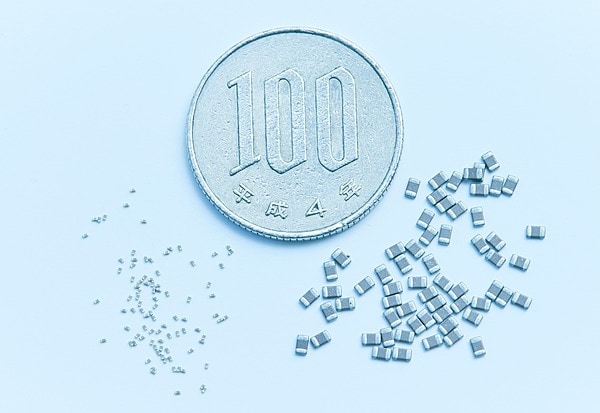
The MLCCs on the left side of the photo are each just a few hundred microns across. To the naked eye, they look like nothing more than grains of sand.
──(After a long pause) They’re really that small? These MLCCs?
Amazing, isn’t it? They’re only 300 microns by 600 microns, but even that’s on the larger end. And there are several layers of ceramic inside each one. That’s why manufacturers need a mold release film that’s smooth down to the nanometer level.
The actual design of the MLCC is done by one of our customers, a domestic MLCC manufacturer. Toray’s smooth films are used similarly in making semiconductor devices. Moore’s Law is built upon the miniaturization of electronic components and the increased density of semiconductors. And behind all of that is this amazing film technology.
— That makes a lot of sense. I had no idea how film was used in the manufacturing process, but when you’re working at this size, you need to process things down at the nanometer scale.
Exactly right. We have this technology now because researchers and engineers kept pushing the high potential of polyester film.
We can process the shape of the film so finely that we can give it any number of characteristics. What makes this material so incredible is that it supports everything from magnetic tapes to 5G-era information technology.
MLCC mold release film isn’t anywhere in the final product, so consumers never see it, but it’s used all over the world. It’s a major revenue stream for Toray, and that lets us invest In the next material.
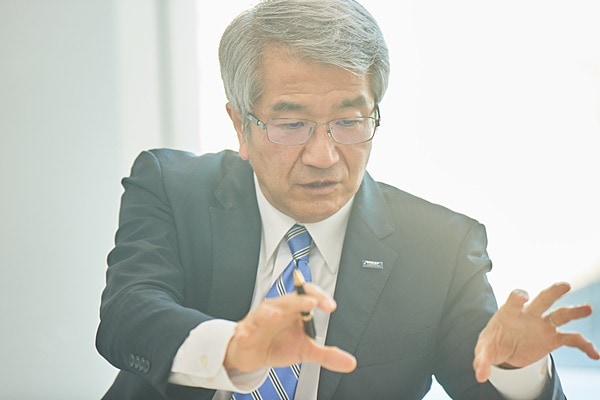
■Never a missed change to improve our society
──What kinds of film materials are you looking at for the future?
There are so many, I couldn’t go through all of them. Apart from Lumirror™ polyester film, which is one of Toray’s main products, we produce a number of other films. One of the products that only Toray has
One product that only Toray has made into a film is Torelina™, made from a polymer called polyphenylene sulfide (PPS). It beats polyester in terms of chemical and heat resistance.
Mictron™ is another film, made from para-aramide, which is used for bulletproof vests. In terms of what makes it unique, it’s just extremely strong and durable. It has such an incredible tensile strength that its dimensions won’t change, and there’s no need to worry about the melting point because its heat resistance is so high. But it’s expensive and hard to make. Only Toray would make a film out of a material like this.
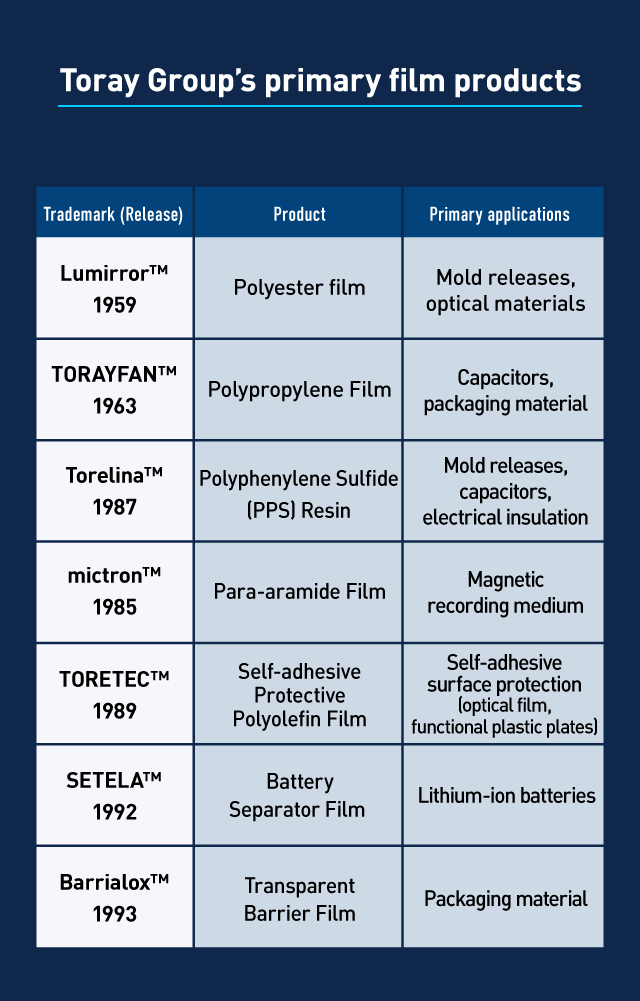
──What kind of applications does mictron™ have?
The market is still small, but they’re using it at data centers. It’s strong and rigid, so they’re using it for long-term storage of important data on high-capacity magnetic tape. Big data is stored in the cloud these days, so hard discs are constantly spinning. It’s easy to access the data, but they’re fragile and expensive to maintain.
There’s data that we can’t afford to lose. Images, things that make up our cultural heritage, we can store them safely and relatively cheaply with magnetic media.
I’ve made it very clear that we will absolutely not stop producing PICASUS™ or mictron™ so long as I’m in the film business—whether we can make a profit on them or not. Most companies would raise a stink if you tried to maintain a product line just to make the general manager happy, but Toray is the sort of company that won’t abandon this kind of technology.
──Is it because there’s a future in it? Are you expecting a bump in demand from next-generation displays and big data archives?
That, but it’s also something that only Toray can provide.
Materials research and development can make huge contributions to society over the medium to long term. Making decisions based on short-term returns would be a mistake, in my opinion. Whether it’s profitable or not, that’s for future generations to decide. But if we give up on this technology now, we could lose our chance to make the world a better place.
This might just sound like nothing more than a bunch of pretty words, but I truly believe that this technology can make our lives better.
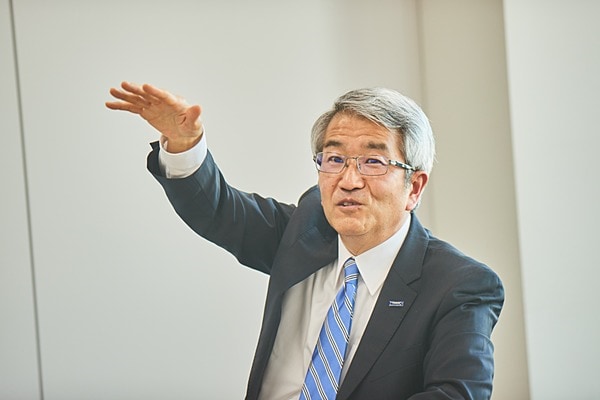
We’re not just in it for the money. We’re trying to make the world a better place. If we didn’t have that kind of drive, we couldn’t have developed the ability to manage things at the nano scale, we couldn’t have developed the technologies that support our society today.
That’s the kind of work we do. Our suppliers, the manufacturers that use our products, they know this. You’ll have tough times, you’ll struggle, but you’ll also have times when business is booming. That’s why we’re able to keep going and keep looking toward the future.
Produced by: NewsPicks Brand Design
Edited and written by: Koji Uno
Photographs by: Junko Yoda
Design by: Kyosuke Tsukimori
